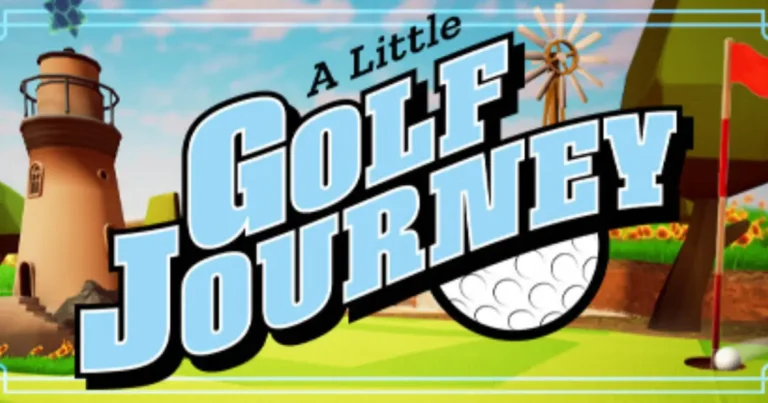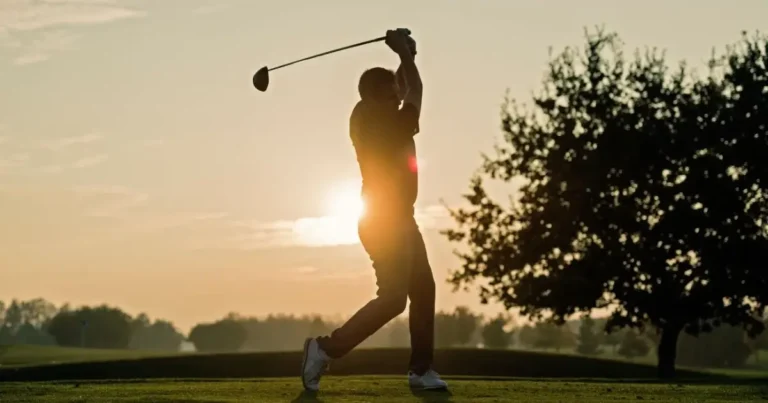Get Control: The Case for Choking Down on the Golf Club
Most golfers struggle to have complete control over their shots. Wild drives, flubbed irons, and inconsistent ball striking can quickly sap the enjoyment out of a round of golf. Swinging easier may appear to provide more control, but it also costs you valuable yardage. However, there is a simple and effective strategy for avoiding mishits while maintaining distance: choke down on the club.
Choking down simply means gripping down lower on the handle, effectively shortening the club’s length. It is a technique used by both professionals and amateurs to improve control and precision. However, many casual golfers underutilize it due to misunderstanding or fear of losing valuable yardage. When done correctly, choking down produces extremely positive results, including improved contact, straighter shots, and nearly equal distance. Read on to find out why and how to incorporate choking down into your game for immediate results.
The Science of Choking Down for More Control
Before delving into specific methods for choking down on clubs, it’s helpful to understand the biomechanical science behind why it works to improve control. Fundamentally, shortening a club’s length makes the swing’s arc radius more compact and aligned with your preferred motion plane. This reduces wayward contact caused by a mechanical breakdown.
Furthermore, gripping the club lower promotes better arm and shoulder coordination throughout the swing. Rather than relying solely on your arms, your upper body rotates as a single unit, giving you far more control. Choking down also reduces clubhead speed slightly, allowing for cleaner strikes. Overall, these effects work together to reduce errant ball-striking, resulting in significant consistency benefits.
Proper Gripping Details Matter
As previously stated, how you grip down determines how much additional control you will achieve. You want to move your grip hand down the shaft 1-2 inches while keeping everything else the same. Make sure your arm angles are constant without scrunching closer together – simply slide your grip down. In addition, align your body’s posture and ball position relative to your stance as if you were at full length.
Swing fully and freely while maintaining a shortened grip, focusing on clean rotations. Do not be concerned about swinging harder or faster to compensate. Improved efficiency will result in nearly equal distance even when choking down. Simply commit to an athletic motion and let the compressed radius perform its biomechanical magic.
Choking Down on Woods Provides Big Rewards
Choking down with woods can be extremely beneficial for most average players, particularly the driver. Wayward drives constantly reduce scoring potential, whether through erratic contact or poor dispersion. Shortening your driver by an inch or two allows you to maintain the necessary head speed for distance while also correcting accuracy battles.
Because extra length increases control challenges, limiting driver length is a clever solution. Try gripping down to find your personal sweet spot for balancing distance and mishit minimization. Many players use a sight line on the shaft 1.5 inches below their full swing grip for reference. A slightly shorter launch is less important than precision and command. Centering strikes while choking down significantly improves driver effectiveness.
Restore Iron Play with Choked Down Control
Frequent iron shot mishits also provide a prime opportunity for stifling progress. Fat, thin, and off-center strikes are primarily caused by poor swing mechanics exacerbated by longer club lengths. Iron play suffers from a lack of proper timing, weight transfer, and transitions. Choking down helps to maintain ball-striking while you address technical root causes.
Try moving your hands down an inch on middle irons with contact errors and dispersion issues. The condensed radius compacts the swing, allowing for better timing and momentum transfer, resulting in a clean strike. More centered iron blows result in significantly improved approach proximity and precision. Regain distance control and attack angles by reducing mishits with choking down off the tee or from the fairway.
Excel Out of Trouble with Choked Down Recovery Shot
Adverse conditions, such as shots from heavy rough, risky sidehill lies, and awkward stances, reduce the margin for error and control. Attempting full, overly aggressive swings from non-ideal positions invites massive mistakes. Instead, choke down significantly to shorten the radius and calm the motion for maximum reliability.
Grip down 1–3 inches depending on the severity of the scenario and the need for precision. From gnarly lies in jail, go 3 inches to greatly increase contact and reduce disaster risk. On tense but playable approach shots, a one-inch drop provides useful leverage for cleaner ball striking. When hacking out of environments and losing control, choking down allows you to return to play with composure.
Putting Improves Choked Down Skill
Believe it or not, putting mechanics and feel benefit from the occasional choking down. Putting, like longer clubs, is fundamentally different from model strokes when gripped lower on the handle. The condensed grip-to-face radius encourages more shoulder rock and arm swing unity in order to square the face effectively.
To reinforce this instrumental motor pattern, try choking down on practice putts. Then, alternate between choked down and full-length putting. The back-and-forth variability adjusts kinesthetic sensations for touch enhancements. Use a short grip on knee-knocking pressure putts to improve alignment and contact for confidence under fire.
Maintain Distance by Choking Down Right
The only disadvantage of choking down is that it shortens the lever system, resulting in less distance. However, several techniques keep driving power while providing a choked-down boost in control. First, focus your swing efforts on increasing clubhead speed through centered impact. When the efficiency tradeoff is optimized, the launch time remains sufficient.
Swing fuller and more committed to the finish when gripped down. Extra aggressiveness compensates for the shortened radius as energy transfers down the whip. Finally, optimize your equipment fittings, shaft flex, and clubhead performance to match your current swinging capability when choked down. Get properly fitted for your shortened grip specifications to experience remarkable distance that defies expectations.
Practice Choking Down to Cement Long-Term Skills
Finally, practice frequently while gripping below standard to develop motor control advantages. Develop proper footwork, weight shift, and body unity in tandem with the reduced shaft length. Only through corrections and repetition will shortening become second nature on the course when control fails or precision is prioritized. Put in the training reps, and choking down will become automatic.
Trust the Process for Visible Improvement
Implementing something as simple as choking on clubs can raise doubts about the magnitude of the impact. However, visible statistics and empirical data will quickly validate effectiveness if implemented diligently. No other adjustment provides such extensive accuracy, command, and precision benefits with so few drawbacks. The scoring improvement metrics from higher GIR rates and firmer proximity measures tell a clear story.
As with any skill improvement, trusting the process until proper choking becomes habitual is essential. Before passing judgment, practice the shortened grip position for an adequate number of repetitions. Clear evidence gathered during the process builds the confidence required to apply it strategically during rounds as needed. Stick with it through temporary setbacks to see undeniable performance improvements firsthand.
Conclusion
There are numerous applications in golf for strategically choking down on grips to dramatically improve shot results time and time again. From wayward drives to pistol iron play and sloppy recoveries, shortening club length is a direct path to massively improved control. The biomechanical leverage and timing advantages are simply too significant to ignore. When those benefits are combined with barely compromised distance, choking down emerges as an easy shortcut to better scoring for golfers of all handicap levels. When the wheels begin to wobble mid-round, do not hesitate to grip down for immediate improvement. Your abilities and statistics will thank you.







